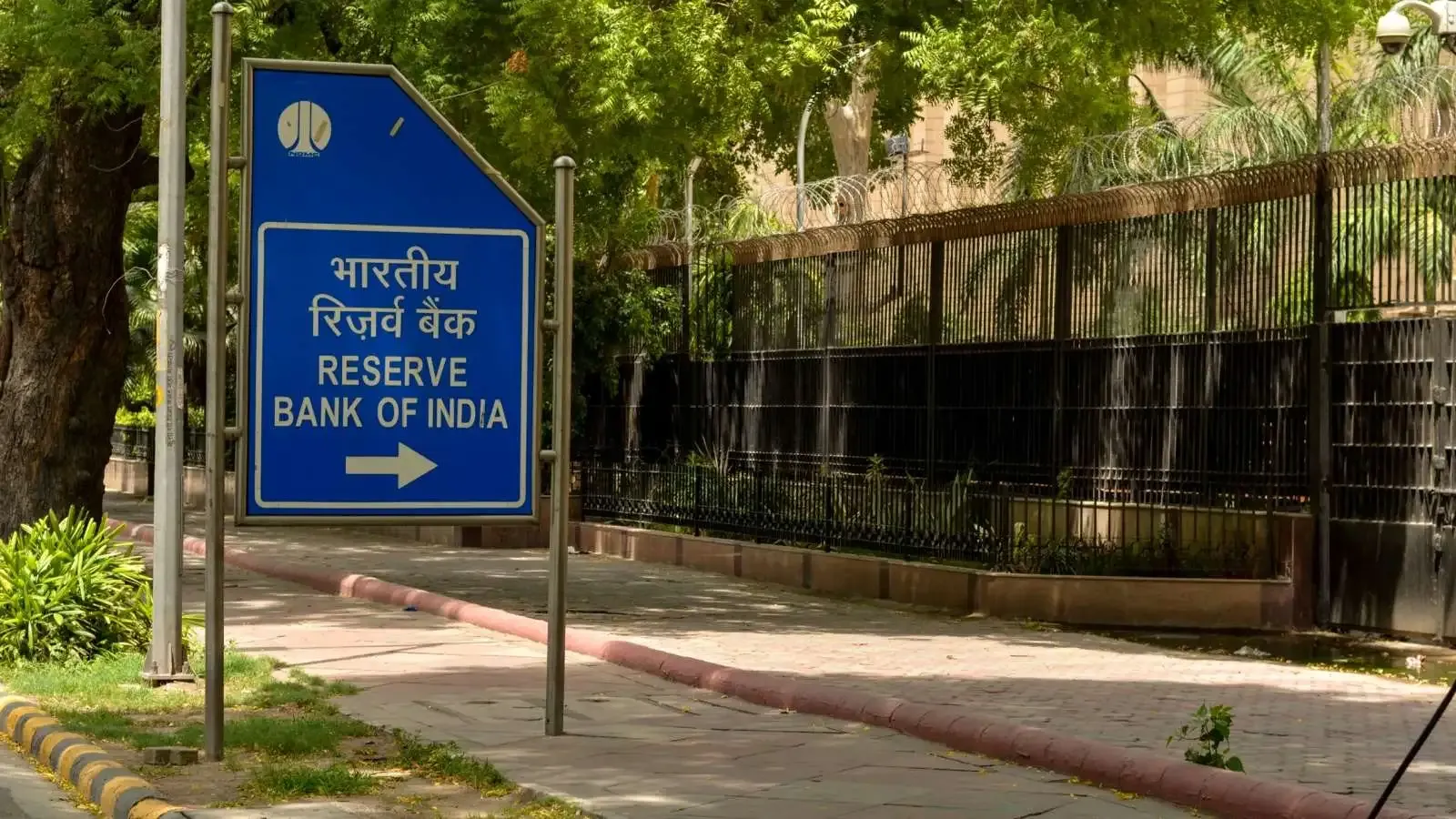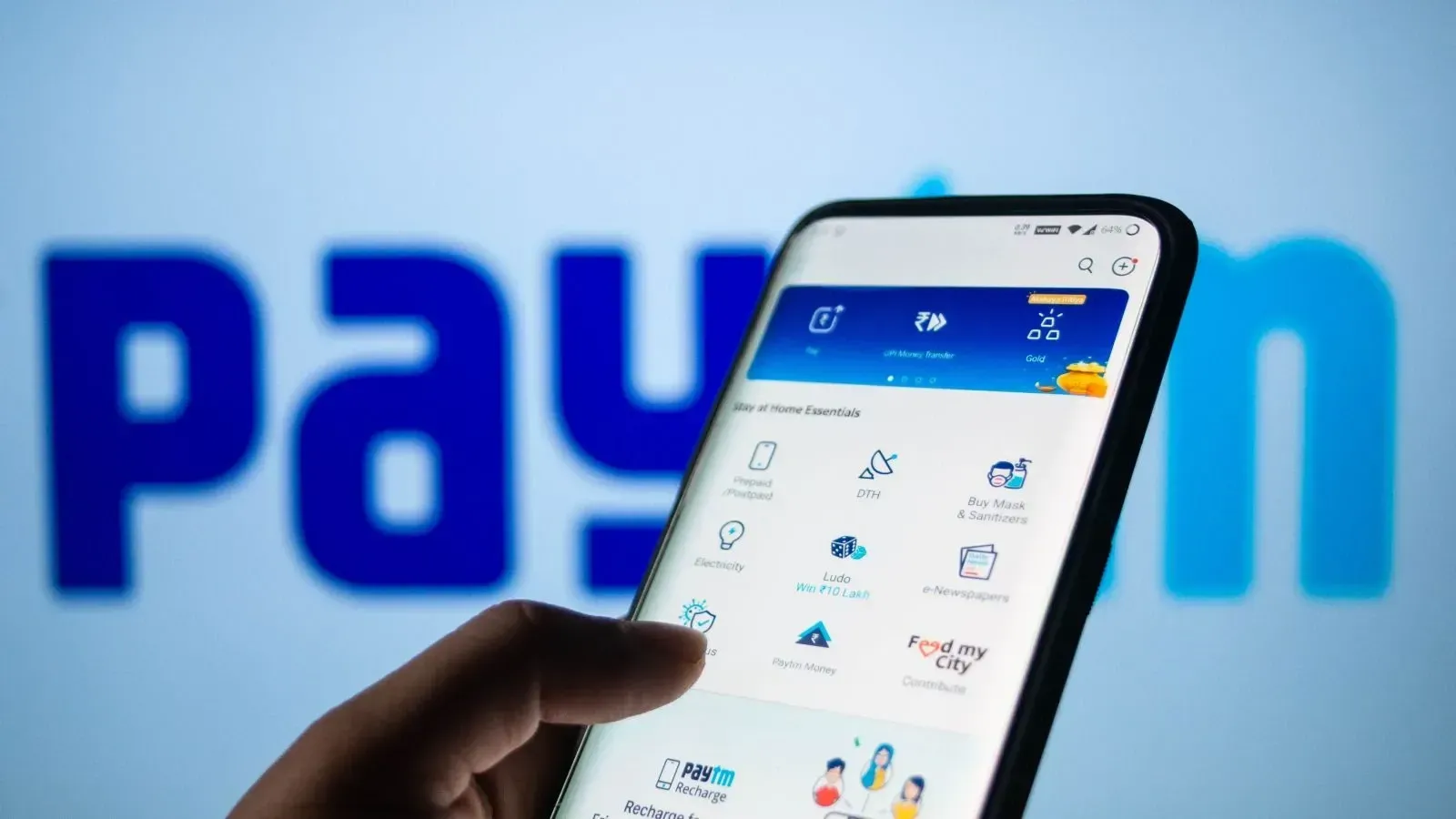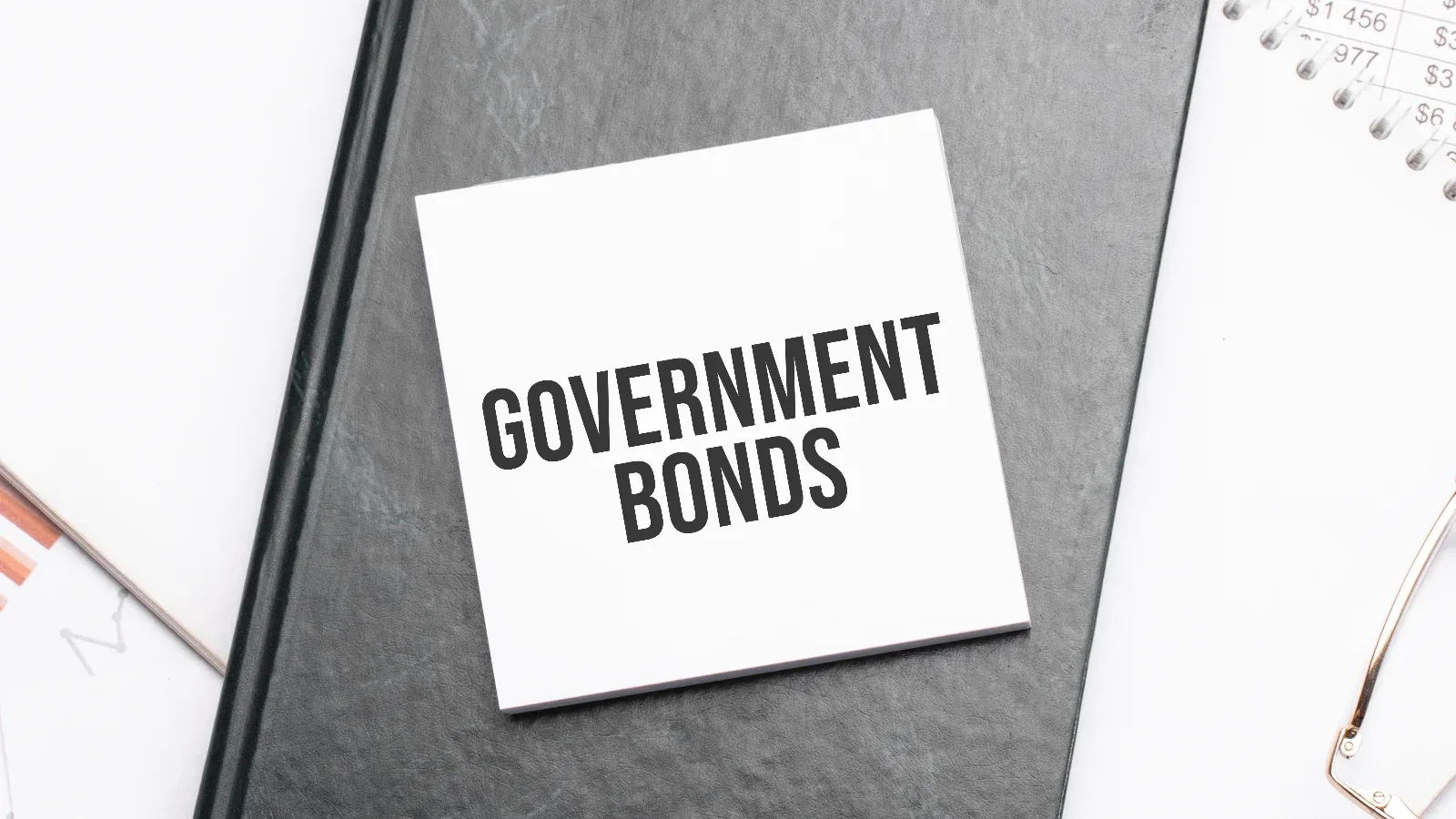Personal Finance News
Loan against silver: How your silver items are valued, auctioned and other rules

7 min read | Updated on November 10, 2025, 15:36 IST
SUMMARY
The pledged collateral shall be released to the borrower or the legal heir on the same day or within seven working days upon full repayment/settlement of the loan, as per the Reserve Bank of India (Lending Against Gold and Silver Collateral) Directions, 2025.

In case of any damage to the pledged eligible collateral by the lender during the tenor of the loan, the cost shall be borne by the lender.
The Reserve Bank of India (RBI) has introduced strict rules and regulations regarding silver and gold loans, including those related to valuation, collateral management, auction and compensation, among other matters. This is to ensure consumers’ safety through a standard procedure.
The central bank is all set to introduce loans backed by silver in India’s financial ecosystem by April 1, 2026. While some cooperative banks, local NBFCs and other lenders already offer silver loans, they’re not regulated yet. However, that’s about to change.
According to the Reserve Bank of India (Lending Against Gold and Silver Collateral) Directions, 2025, silver will be officially accepted as collateral for loans by commercial banks (including small finance and regional rural banks), urban and rural co-operative banks, housing finance companies and NBFCs.
How will your silver items be valued for loans?
- the average closing price for gold or silver of that specific purity over the preceding 30 days, or
- the closing price for gold or silver of that specific purity on the preceding day, as published by either the India Bullion and Jewellers Association Ltd (IBJA) or by a commodity exchange regulated by the Securities and Exchange Board of India (SEBI)
If price information for the specific purity is not directly available, the lender shall use the published price available for the nearest available purity and proportionately adjust the weight of the collateral based on its actual purity to arrive at valuation, the RBI said in its directions.
Further, only the intrinsic value of the gold or silver will be considered, and not that of any additional elements like precious stones or gems.
“For the purpose of valuation, only the intrinsic value of the gold or silver contained in the eligible collateral shall be reckoned and no other cost elements, such as precious stones or gems, shall be added thereto,” the RBI said.
The RBI has also laid out strict guidelines for valuing gold and silver when used as collateral, ensuring a standardised procedure is followed.
“A lender shall ensure that a standardised procedure is put in place to assay the purity of gold and silver collateral, its weight (gross as well as net), etc. This procedure shall be adopted uniformly across all its branches for all assaying procedures, without any deviation,” the RBI said.
The rules, as per the standard procedure, are:
-
Lenders shall display on their website the methodology they use to determine the net weight of the gold and silver content of the eligible collateral, as well as the price used to value the gold and silver content for the determination of the Loan to Value Ratio (LTV).
-
Lenders shall ensure that the borrowers are present when they’re assessing the collateral while sanctioning the loan. Importantly, the deductions due to stone weight, fastenings, etc. (as part of the assaying procedure) shall be explained to the borrowers, and the details of the same shall be incorporated in the valuation certificate.
-
If there is any loss of gold or silver collateral, or if any deterioration or discrepancy in quantity or purity is observed during internal audit or otherwise (including at the time of return or auction), it shall be recorded and communicated immediately to the borrowers (or the legal heirs). The reimbursement/compensation process, as per the policy, shall also be communicated to the borrowers.
Collateral management rules
-
Lenders shall ensure that necessary infrastructure and facilities are available, and appropriate security measures are taken at all of their branches where these loans are sanctioned.
-
Lenders shall ensure that the gold and/ or silver collateral is handled only by their employees, and only in their branches. This means collateral shall not be managed out of the lender’s establishment, or by someone who doesn’t work with them.
-
The collateral shall be stored only in its branches, which are manned by its employees and have safe deposit vaults. These loans shall not be extended by branches that do not have adequate storage and handling facilities.
-
Lenders shall review the adequacy of their systems, conduct sufficient training of the concerned staff, carry out an internal audit of all procedures, and also do periodic surprise verification of the gold and silver collateral pledged with them. Records of such mandatory surprise verification shall be maintained.
-
The pledged collateral shall be released (returned) to the borrower, or the legal heir, on the same day, or within seven working days upon full repayment/settlement of the loan.
-
At the time of release, the collateral shall be verified for correctness as per the details in the valuation certificate.
What if the borrower fails to repay the loan?
-
Lenders shall give adequate notice to the borrowers before starting the auction process, and a copy of the notice shall be kept on record.
-
If the borrower is untraceable, the lender shall issue a public notice and wait for a month before starting the auction procedure.
“A lender shall implement a transparent auction procedure, which shall include, inter alia, announcement of the auction to the public by issue of advertisements in at least two newspapers, one in the regional language and another in a national daily,” the RBI said.
-
Auction shall be carried out only by the lender’s employees with the necessary experience and/or training.
-
Lenders shall declare a reserve price for the gold and silver collateral at the time of auction, which shall not be less than 90% of its current value. In case any auction fails twice, a reserve price of at least 85% of its current value shall be declared.
The lender or its related parties are not allowed to participate in the auction to ensure that there is no potential conflict of interest, the RBI said. After the auction, lenders shall provide full details of the auction, including the amount fetched and the dues adjusted, to the borrowers mandatorily.
The surplus, if any, shall be refunded to the borrower within seven working days from the date of auction. The lenders are also allowed to recover shortfalls, if any, as per the terms of the loan agreement.
What if the lender delays release of collateral?
If the lender delays the release of the pledged collateral after the borrower has fully settled/repaid the loan, the lender shall provide compensation to the borrower (or the legal heir) at the rate of ₹5,000 for each day of delay. However, if the lender did not cause the delay, the reasons shall be communicated to the borrower.
In case of any damage to the pledged eligible collateral by the lender during the tenor of the loan, the cost shall be borne by the lender. Moreover, lenders shall also compensate the borrowers for any loss due to deterioration or discrepancy in quantity or purity observed during internal audit (or at the time of return or auction of collateral).
What happens to unclaimed gold or silver?
Lenders are required to issue periodic reminders to borrowers, or their legal heirs, through letters, email or SMS if they don’t approach the lender for release of pledged eligible collateral after the loan is fully settled.
Any unclaimed pledged gold or silver collateral for over two years from the date of the full repayment or the settlement of the loan shall be considered unclaimed. In this case, lenders shall undertake special drives periodically to find the whereabouts of the borrowers (or their legal heirs).
“A report on unclaimed gold and silver collateral shall be put up to the Customer Service Committee or the Board, as the case may be, at half-yearly intervals for a review,” the RBI said.
There are many other rules and regulations on silver and gold loans in the Reserve Bank of India (Lending Against Gold and Silver Collateral) Directions, 2025. Check them here:
Related News
By signing up you agree to Upstox’s Terms & Conditions
About The Author
Next Story



